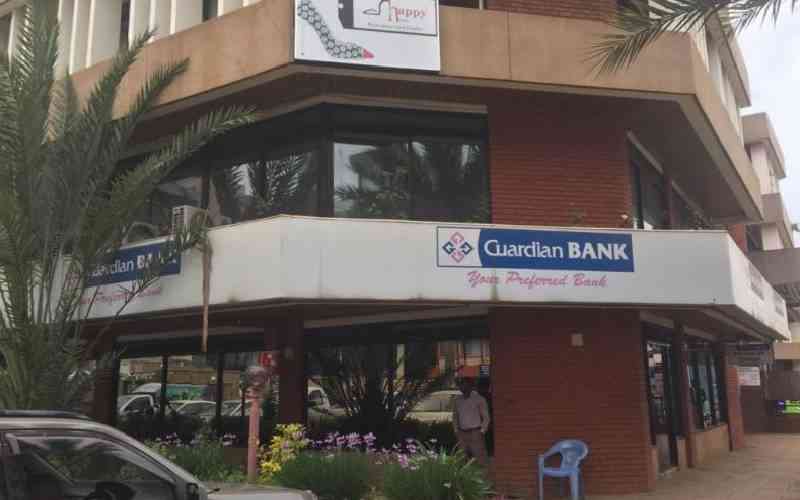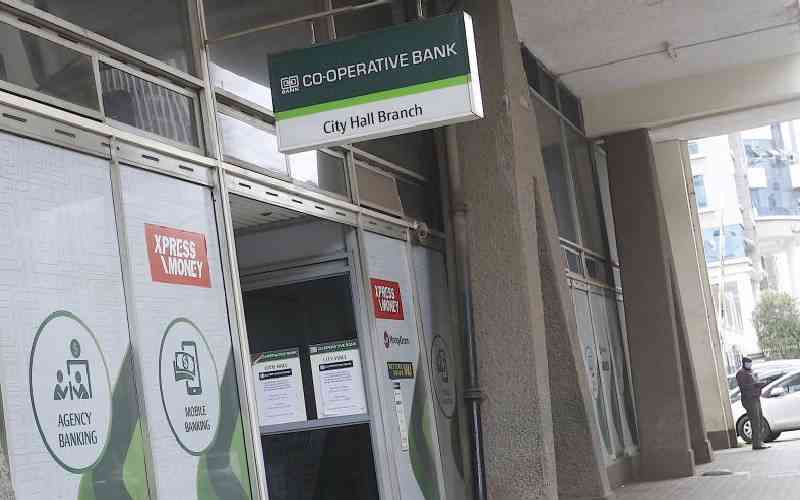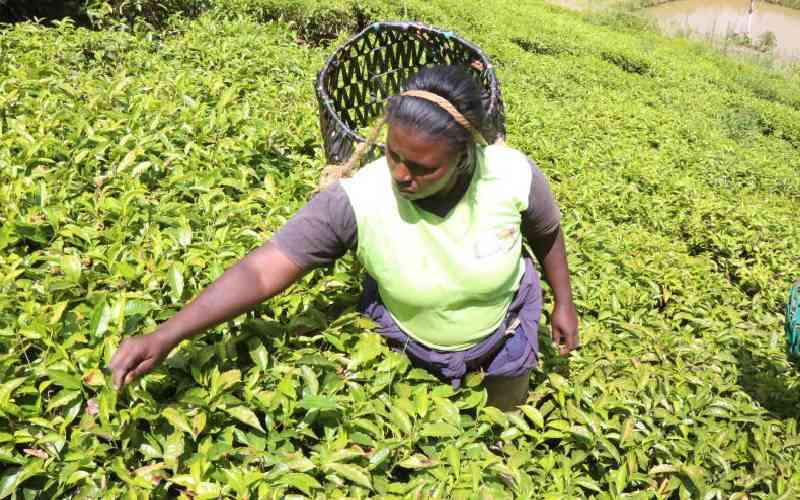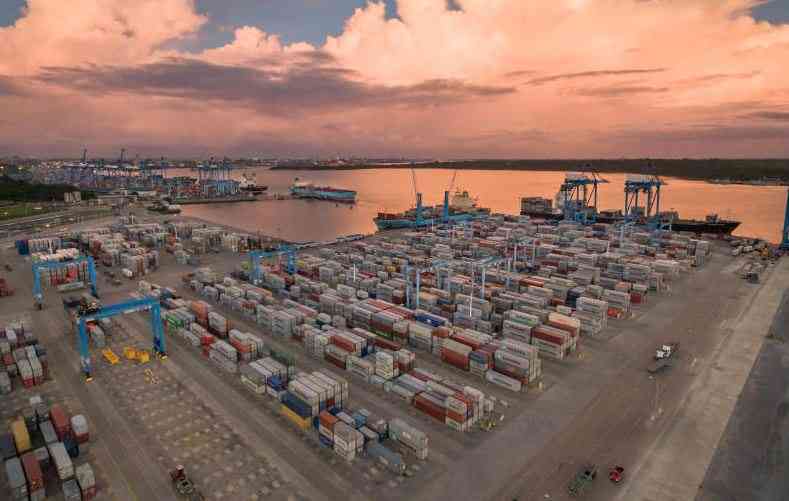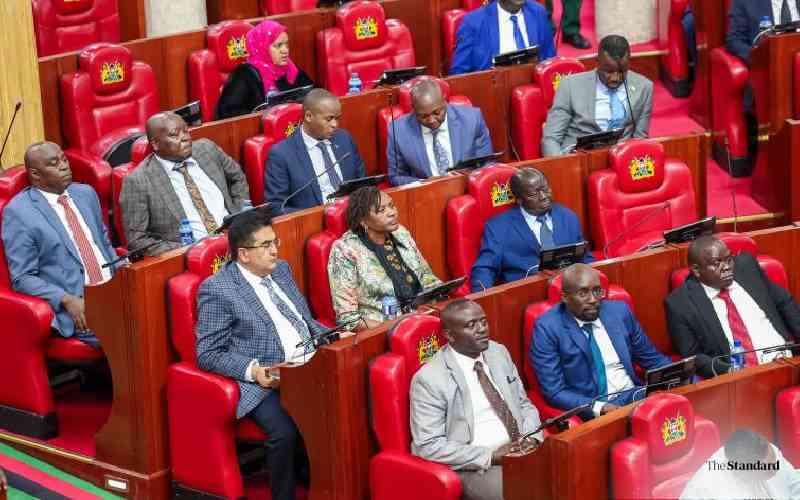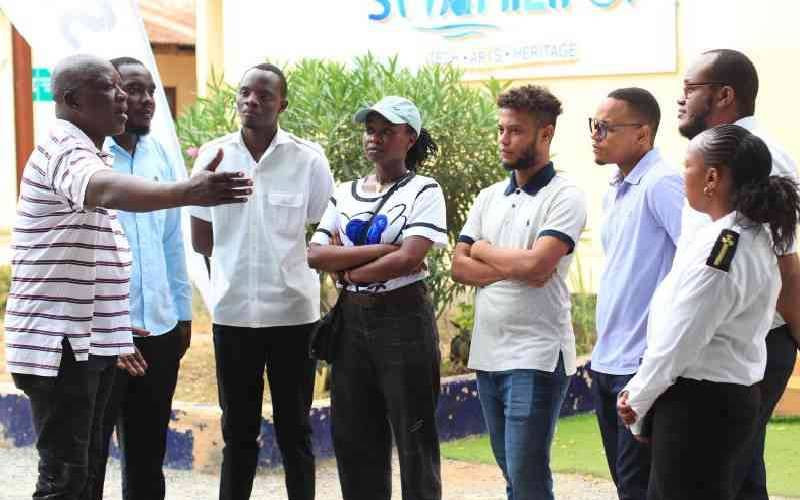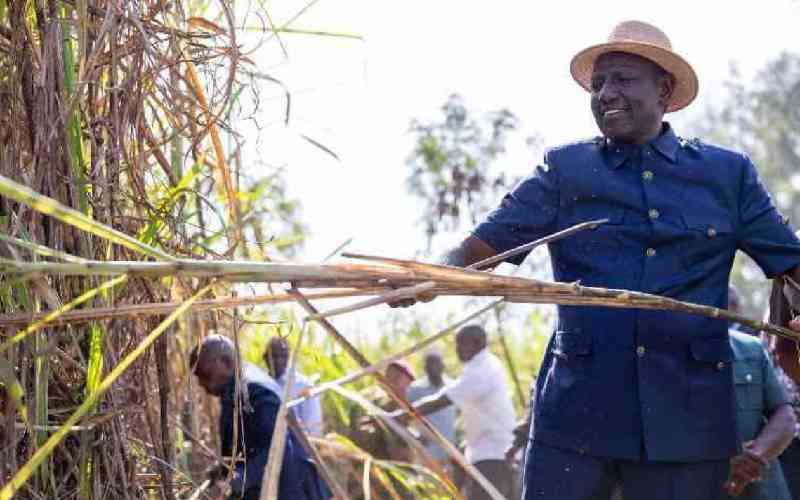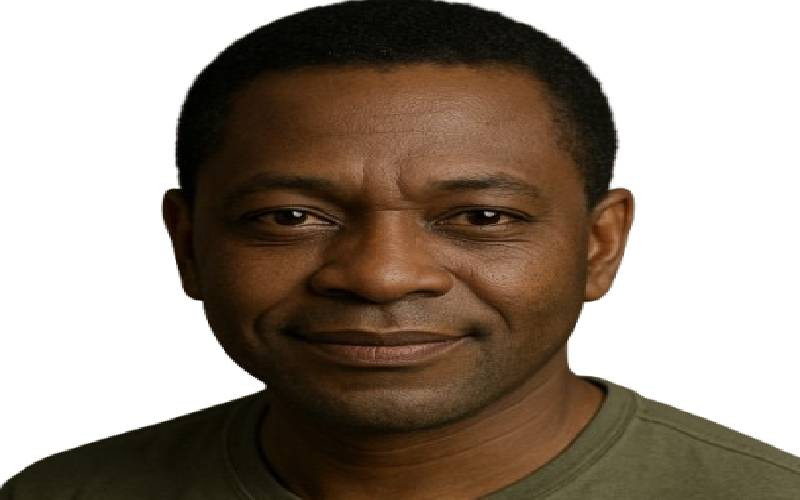
When the world welcomed the youngest nation—South Sudan—in July 2011, the international community hailed it as a monumental achievement for peace and self-determination. But behind that victory lay years of complex negotiations, military interventions, and silent sacrifices.
At the heart of this painstaking journey was Kenya—a nation whose commitment, diplomacy, and integrity helped steer South Sudan towards independence. The documentary, ‘A Birth In The South, which aired last Friday on KTN, brings forth Kenya’s pivotal role in the birth of South Sudan, revealing the compelling truth and role of selfless mediation and visionary leadership that deserves to be told and celebrated. A revelation that risks being forgotten or remain unknown especially by the younger generation.
From the Shadows of War
Sudan’s history has been marred by conflict, beginning with the Anyanya rebellion (1955–1972) and culminating in the devastating second civil war from 1983 to 2005. The marginalisation of Southern Sudanese, the imposition of Islamic Sharia law, and the brutalisation of communities under Omar al-Bashir’s Islamist regime pushed the region to the brink of collapse.
Witnessing the human cost of the war, Kenya—already hosting thousands of refugees—rose to the challenge. Through the Intergovernmental Authority on Development (IGAD), Kenya led the regional efforts to mediate peace, appointing Lt Gen (Rtd) Lazarus Sumbeiywo as the chief mediator in what would become the most significant diplomatic mission of his life.
President Daniel Arap Moi’s decision to appoint Sumbeiywo as Kenya’s special envoy reflected the seriousness with which Kenya approached the crisis. Kenya was not just an observer—it became a peace architect.
The Power of Neutrality and Trust
What made Kenya’s role unique was its neutral but invested position. Kenya did not seek territory, wealth, or dominance. It sought peace, dignity, and stability for its neighbour. As John Gachie, veteran journalist and editor, stated, Lt General Sumbeiywo was an honest broker. An honest broker to peace.
Sumbeiywo’s approach was steeped in diplomacy, humility, cultural intelligence and military discipline. He listened to both sides—Khartoum and the Sudan People’s Liberation Movement (SPLM)—without judgment. He built trust with Sudanese leaders like the then Vice President Ali Osman Taha and SPLM’s John Garang, creating a human bridge between bitter enemies.
The journey to peace, however, was not smooth. Talks stalled frequently, tensions flared, and definitions of basic terms like "autonomy" or "federalism" carried vastly different implications for the negotiating parties.
As Sumbeiywo puts it, “We prepared a programme of work and the modalities of how to go about them……..and they disagreed completely.”
Yet Kenya’s patience and consistency never wavered.
Naivasha: The cradle of peace
The defining moment came with the Naivasha Peace Talks, where Kenya hosted months of high-level negotiations. It was in Naivasha that the Comprehensive Peace Agreement (CPA) was signed on January 9, 2005, granting Southern Sudan autonomy for six years, followed by a referendum.
Stay informed. Subscribe to our newsletter
The CPA addressed power-sharing, revenue distribution, oil wealth, and even the merging of armed forces. These were contentious issues, yet Kenya’s leadership managed to extract commitment from both sides.
However, inviting Taha to attend the funeral of the late Kenyan Vice President Kijana Wamalwa as the talks doddered was a masterstroke!
Such gestures underscored the creative diplomacy Kenya employed to keep the process alive.
From mediation to celebration
In January 2011, Kenya’s long gamble paid off. A referendum was held, and over 99% of South Sudanese voted for independence. On July 9, 2011, a new flag rose in Juba—South Sudan was born.
While the ceremonies may have lacked polish, the outcome was profound. Kenya had stood by South Sudan through war, diplomacy, and celebration. It had done so not for fame, but for peace and regional stability.
The moral victory
Kenya’s leadership during the South Sudan peace process offers a blueprint for African-led conflict resolution. It shows that African problems could and can be solved by African solutions. It also demonstrated the power of integrity in negotiations.
Even though South Sudan later slid back into conflict, Kenya’s role as a peace broker remains untarnished. The moral clarity, honesty, and persistence of Sumbeiywo and and his team have decorated Africa’s milestones in diplomacy.
Conclusion
Kenya's role in South Sudan's birth was not that of a spectator but a midwife—guiding, soothing, and ultimately delivering a new nation to the world.
In the story of South Sudan, there were many players. But Kenya was the steady hand that held the peace torch, long before others noticed the flame. As Africa continues to face political and ethnic conflicts, Kenya’s intervention in South Sudan should inspire a new era of homegrown diplomacy, where peace is not imposed but nurtured. And while South Sudan continues to ‘play in the mud’ as a young as aptly put in the documentary, Kenya continues to walk with her, guiding and guarding both nation’s joint legacy.
The writer is International Relations Expert

